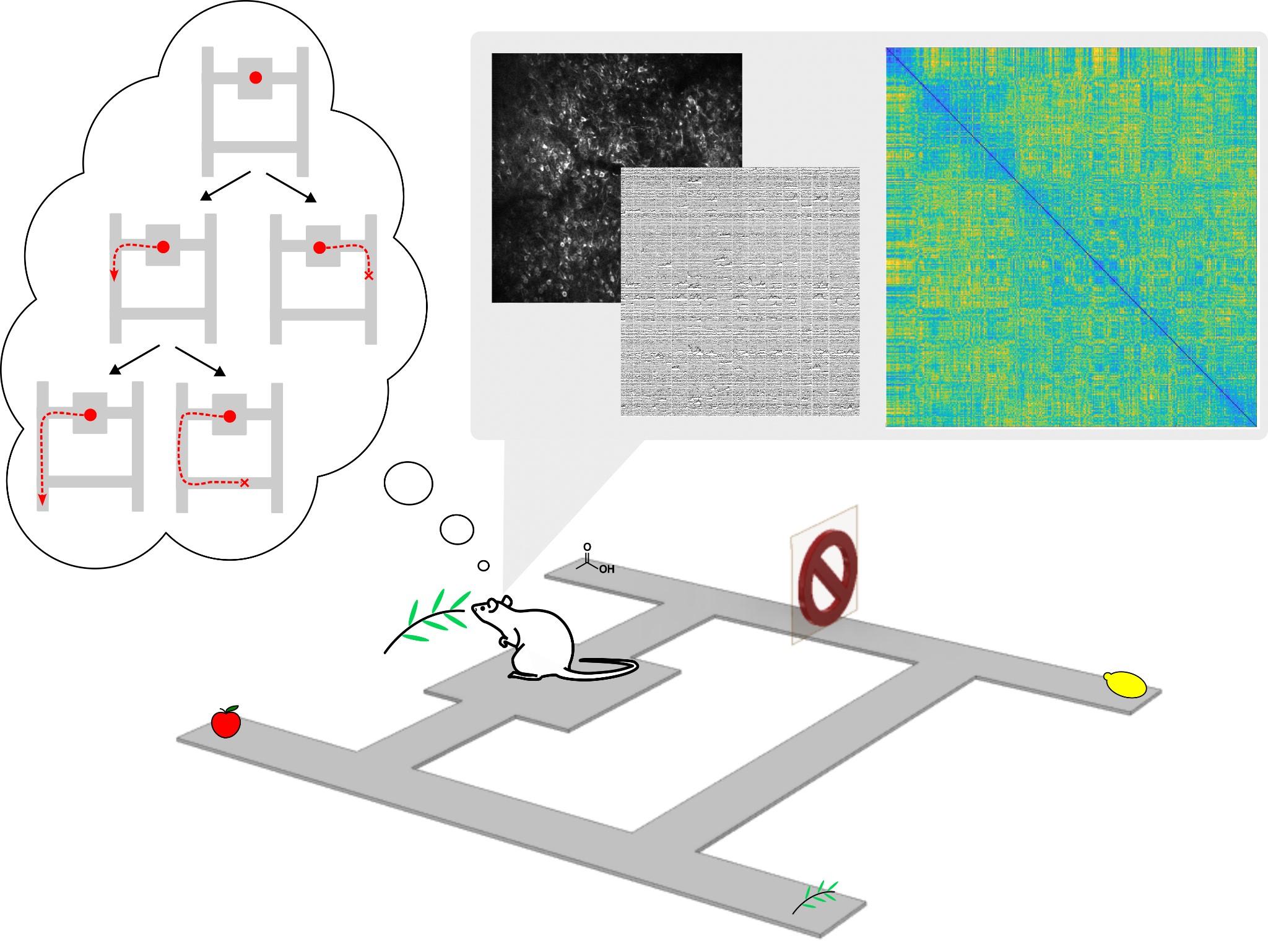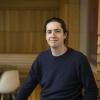Abstract
Goal-directed behaviour is a strategy in which a human, animal or artificial agent uses an internal model of the world to guide decisions and is particularly useful when an environment is complex or dynamic. The hippocampus is known to be involved in goal-directed behaviour but the underlying neural algorithms are unknown. Often, behavioural tasks do not distinguish goal-directed behaviour from simpler strategies such as trial-and-error, which has made linking neural function to specific cognitive processes difficult.
We trained rats to perform a dynamic navigation task that required the continual learning of new routes to various goals. Animals were presented with an odor cue which indicated the availability of reward at different locations in the maze. In blocks of trials, the configuration of the maze was changed so that new routes were required for some goals. Animals can learn from direct experience only; choose the previously rewarded actions for a particular odor (trial-and-error, model-free learning). Alternatively, they may deploy knowledge of the maze configuration to plan routes that may not have been directly experienced (goal-directed, model-based learning). Animals showed signatures of goal-directed behaviour in the profiles of their learning.
We recorded cellular activity in dorsal CA1 during the odor cue presentation period while animals were voluntarily head-fixed underneath a two-photon microscope. Neural activity during the head-fixation and odor presentation showed clear odor encoding, but the neural representation changed at the single cell and ensemble level over the session despite static stimuli and repeated conditions. We found that this change (representational drift) was modulated by the model-based demands of the task; we saw a larger shift in the neural representation of odors on block transitions where animals had access to relevant indirect experience from which to learn.

Biography
Dylan started his education at UCL on the undergraduate program in Neuroscience where he performed behavioural experiments in the Lab of Jennifer Linden. The first year of his joint PhD program was spent in the lab of Jeff Dalley at the University of Cambridge working with novel wireless electrophysiology. He completed his PhD at Janelia Research Campus in the USA where he worked in the Lab of Albert Lee. He discovered a novel principle of how the hippocampus encodes large naturalistic spaces, and was part of the collaboration that developed the first generation of NeuroPixel probes. Dylan is currently a post-doc in the labs of Nathaniel Daw and David Tank at Princeton university, where he has developed new techniques for two-photon calcium imaging in rats and is using them to study the neural basis of flexible decision making in the hippocampus.
